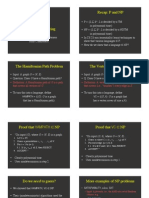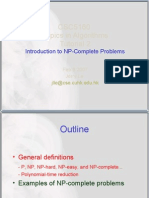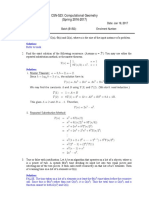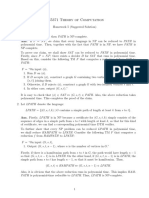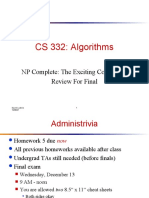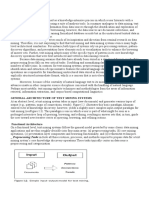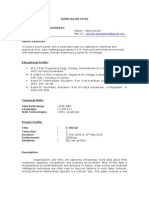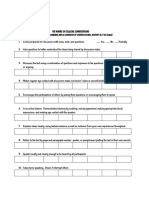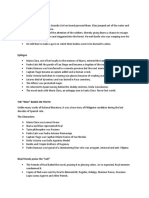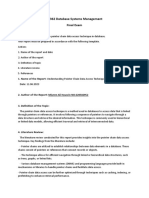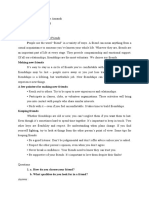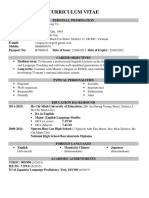0% found this document useful (0 votes)
3 views3 pagesReduction Algorithm 2
The document discusses the Set Cover problem, detailing its intractability and applications, particularly in software capability selection. It explains the relationship between Vertex Cover and Set Cover, presenting a theorem that shows how instances of Vertex Cover can be transformed into Set Cover instances. Additionally, it covers the complexity of Satisfiability and its reduction to Independent Set, emphasizing the significance of these problems in computational theory.
Uploaded by
bluebot010101Copyright
© © All Rights Reserved
We take content rights seriously. If you suspect this is your content, claim it here.
Available Formats
Download as PDF, TXT or read online on Scribd
0% found this document useful (0 votes)
3 views3 pagesReduction Algorithm 2
The document discusses the Set Cover problem, detailing its intractability and applications, particularly in software capability selection. It explains the relationship between Vertex Cover and Set Cover, presenting a theorem that shows how instances of Vertex Cover can be transformed into Set Cover instances. Additionally, it covers the complexity of Satisfiability and its reduction to Independent Set, emphasizing the significance of these problems in computational theory.
Uploaded by
bluebot010101Copyright
© © All Rights Reserved
We take content rights seriously. If you suspect this is your content, claim it here.
Available Formats
Download as PDF, TXT or read online on Scribd
/ 3



















